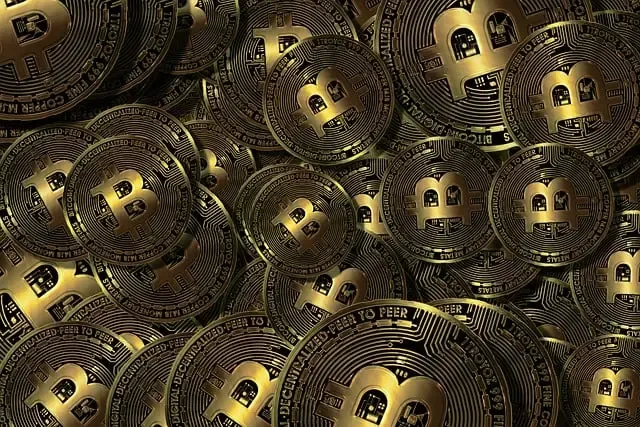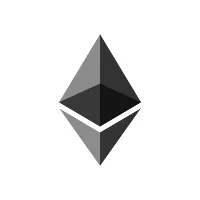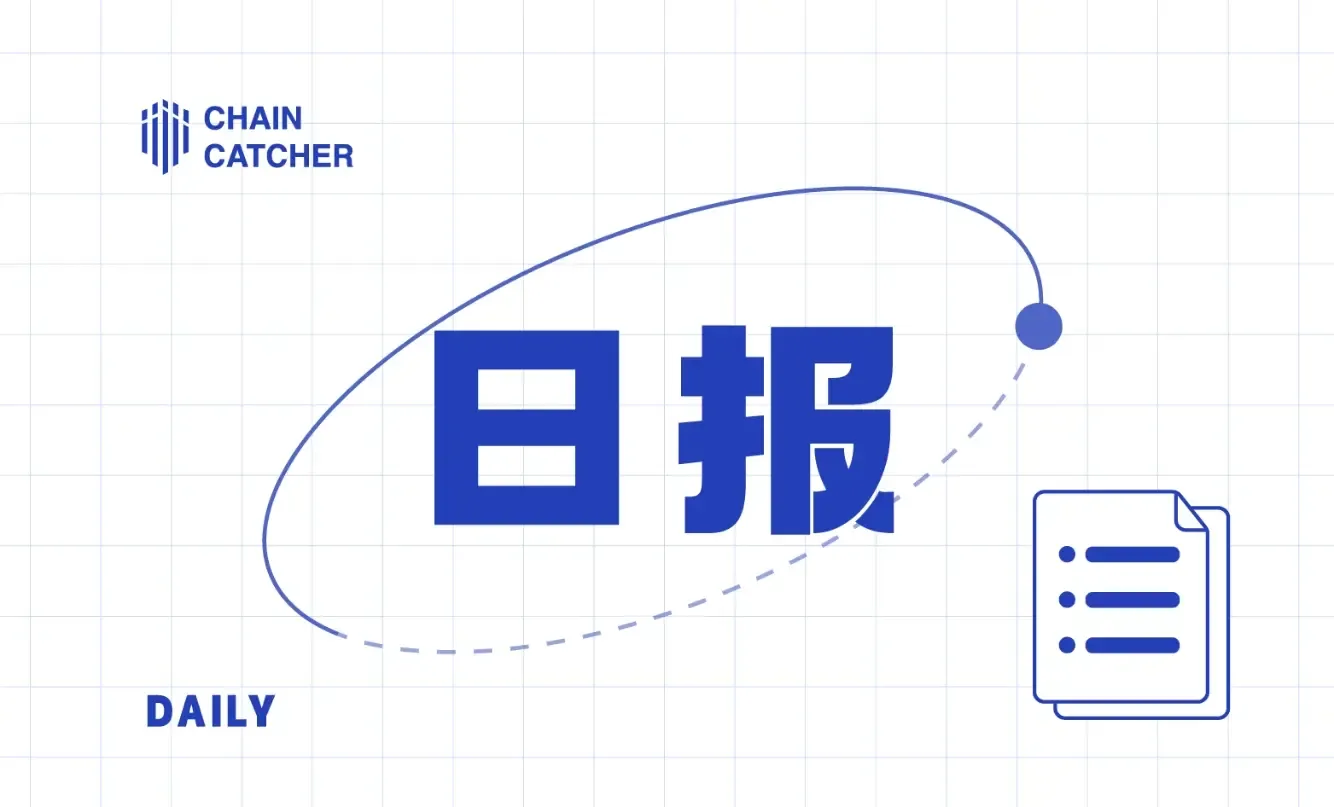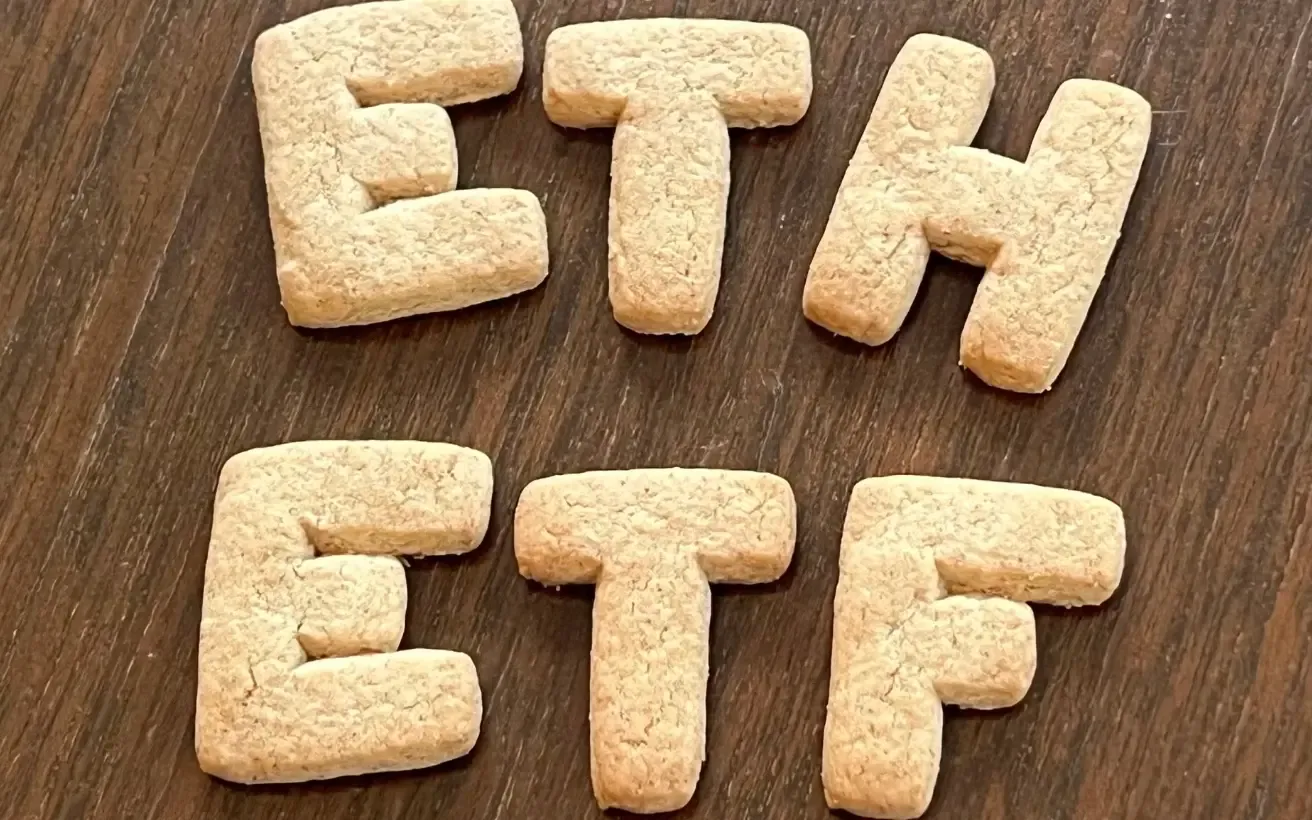On the first day of launch, 20 times, the Ponzi project MoneyArk on Ethereum has sparked new FOMO?
Written by: Jiang Haibo, PANews
DeFi projects on Ethereum have been under pressure during the recent small bull market, appearing less impressive compared to the wealth creation effects of inscriptions and the Solana ecosystem. However, a new Ponzi project, MoneyArk, recently launched and conducted an IDO, with the price of the $Mark token increasing by over 20 times on December 10.
There are two ways to participate in MoneyArk: one is to buy and hold $Mark tokens, and the other is to deposit USDC into the algorithmic treasury to earn a "permanent" daily return of 0.5%. Below, PANews will provide an introduction.
Value Storage Token $Mark
$Mark is the value storage token in MoneyArk, designed to maintain long-term low volatility and continuous growth, managed by an algorithmic treasury through automated, on-chain transactions.
An important feature of $Mark is its transaction tax mechanism, which incurs a 10% fee on each transaction (buying, selling, and transferring), with 5% evenly distributed to all holders and 5% used to provide liquidity (half of which will be automatically sold). Therefore, a complete buy and sell will incur a total transaction tax of 20%, discouraging frequent trading; instead, holding $Mark allows users to receive transaction fee dividends.
The total supply of $Mark is fixed at 100 million, with 49% allocated to the "black hole" contract; 19% for the IDO; 8% for providing initial liquidity; 14% to enhance the yield of the initial USDC pool; and a small portion reserved for marketing, airdrops, and team allocation.
Since nearly half of the tokens are allocated to the black hole address, which will not circulate, this portion can be excluded when calculating the total market value of $Mark. The $Mark held by the black hole address will also accumulate transaction fees. Initially, the black hole address holds 49% of $Mark, and over time, this proportion will increase. When the $Mark held by the black hole reaches 51% of the total supply, a black hole rebalancing operation can be triggered. At this point, 0.5% of the total $Mark will be sold for USDC, along with another 0.5% of $Mark to form an LP.
The way the black hole accumulates transaction fees can be understood as the protocol capturing more value through this mechanism. The initial liquidity and subsequent accumulated liquidity constitute the liquidity owned by the MoneyArk protocol. Over time, liquidity will strengthen.
USDC Pool and Algorithmic Treasury
The other way to participate is by depositing USDC into the algorithmic treasury, where depositors can earn a daily return of 0.5% on their invested funds. However, it is important to note that this carries risks, as the principal cannot be redeemed and can only be recovered through daily earnings (and potentially earn more).
Of the deposited funds, 85% of the USDC is used to automatically purchase $Mark tokens, 10% is sent to the USDC pool to pay out earnings, 1% is allocated to referrers, and the remaining 4% is reserved for future use.
When a participant's withdrawal amount exceeds 1% of the USDC pool, the smart contract will automatically sell the held $Mark tokens to replenish the USDC pool.
Unclaimed earnings can be reinvested, but it is important to note that when a portion of the earnings is claimed, the deposit will be deducted by the claimed amount when calculating subsequent earnings. For example, if a user deposits 10,000 USDC and earns a total of $250 over 5 days, if they withdraw the earnings, the subsequent daily earnings will become (10,000 - 250) * 0.5%.
Spiral Upward and Death Spiral
Initially, MoneyArk has a very good upward spiral mechanism. The project conducts an IDO at a low valuation, allowing early $Mark buyers to enjoy a high certainty of price appreciation and earn transaction fee income during periods of frequent trading. Additionally, in the first two weeks, 1% of the total $Mark tokens are distributed daily to USDC depositors, allowing early USDC depositors to quickly recover their costs through $Mark rewards.
In the early stages, MoneyArk is expected to achieve an upward spiral through a "left foot stepping on the right foot" approach.
Attract investors to buy $Mark early with low valuation and transaction fees;
Attract users to deposit USDC early with additional $Mark rewards;
The deposited USDC is used to purchase $Mark, causing the price to rise;
The reward amount distributed to USDC depositors increases, further attracting USDC deposits;
The more active users are in trading, the more liquidity the protocol owns through transaction fees and the black hole;
The improvement of various metrics encourages investors to buy $Mark. However, after 14 days, no additional $Mark rewards will be provided to USDC depositors, at which point recovering costs will take at least 200 days. USDC depositors will also find themselves in a dilemma: if they withdraw earnings in a timely manner, they will face high gas fees, and the base for calculating earnings will decrease, extending the payback period; if they do not withdraw in a timely manner, it will become uncertain whether they can fully recover their funds.
Ways and Timing to Participate in MoneyArk
If we roughly evaluate based on the two dimensions of participation method (buying $Mark or depositing USDC) and timing (early or later stages), we can categorize into four scenarios:
The ideal situation is to buy $Mark tokens early, as the deposited USDC will create new purchasing power, allowing for capital appreciation during price increases and earning dividends from transaction fees.
Early depositing of USDC is a suboptimal option, as it may allow for cost recovery in the first 14 days through additional $Mark rewards, while still earning returns thereafter.
Buying $Mark in the middle to later stages is less favorable, as each buy-sell transaction incurs a 10% fee, and trading activity is not as vibrant as in the early stages, relying solely on a larger price increase of $Mark.
The worst investment strategy is to deposit USDC in the middle to later stages, as there will be no additional $Mark rewards, and the principal deposited may become the exit liquidity for all early participants.
It is important to note that both buying $Mark and depositing USDC carry high risks, and investors should participate cautiously.











